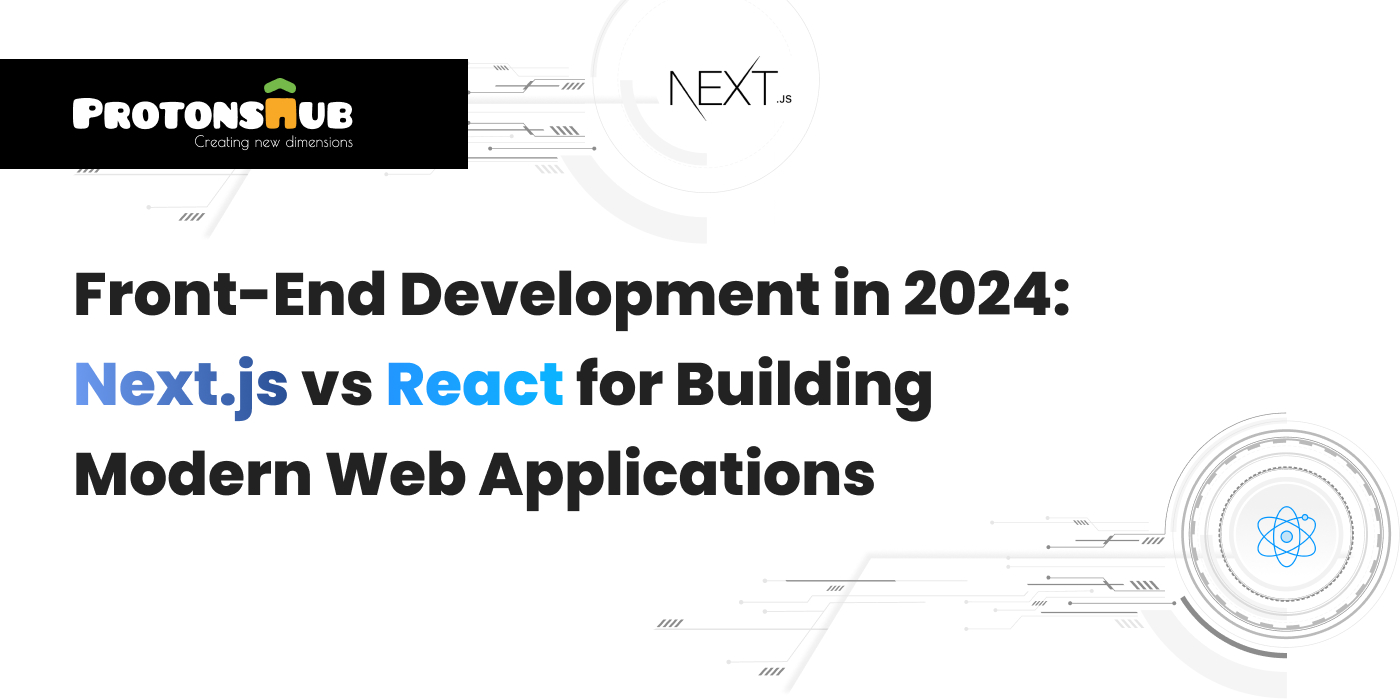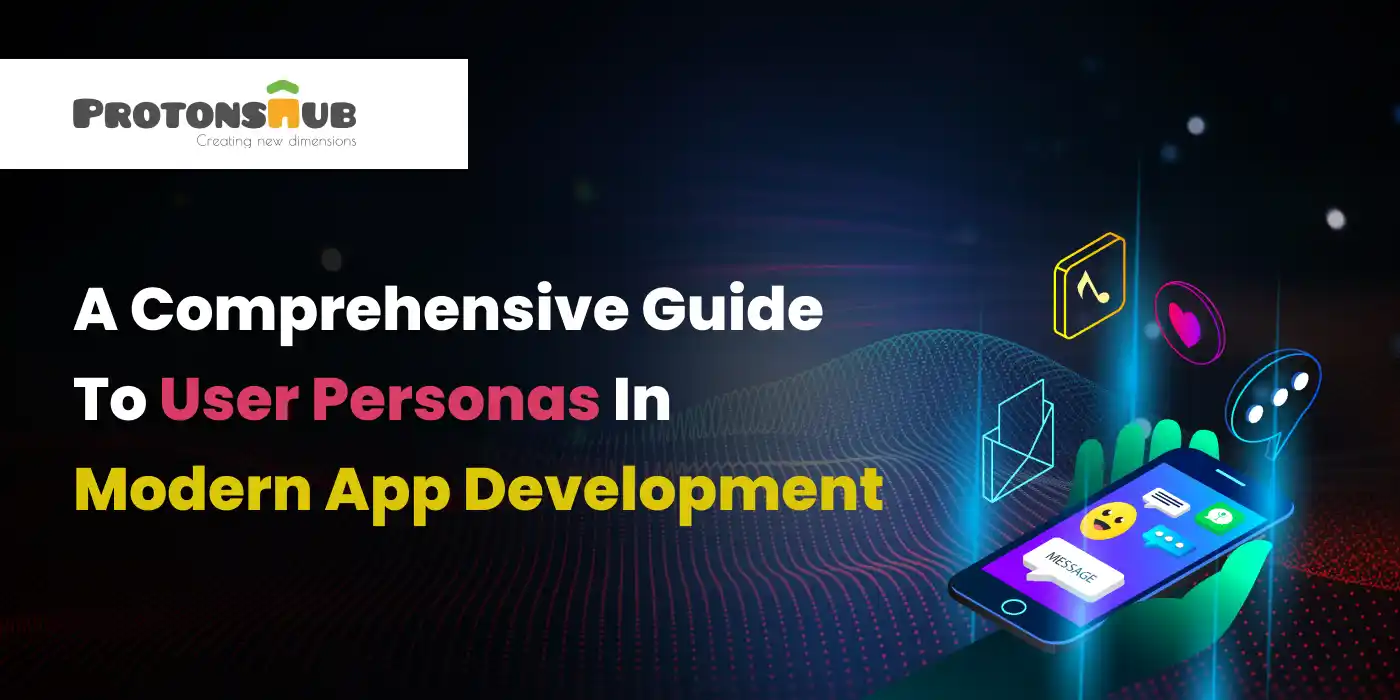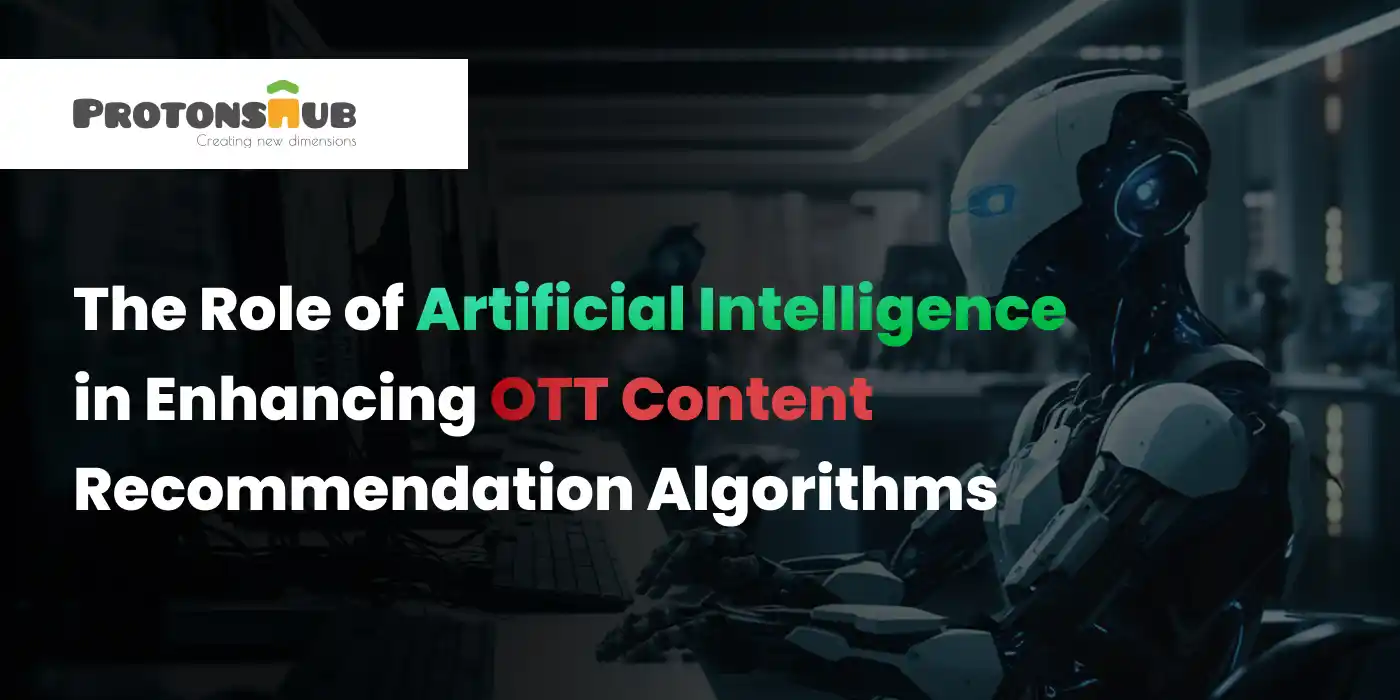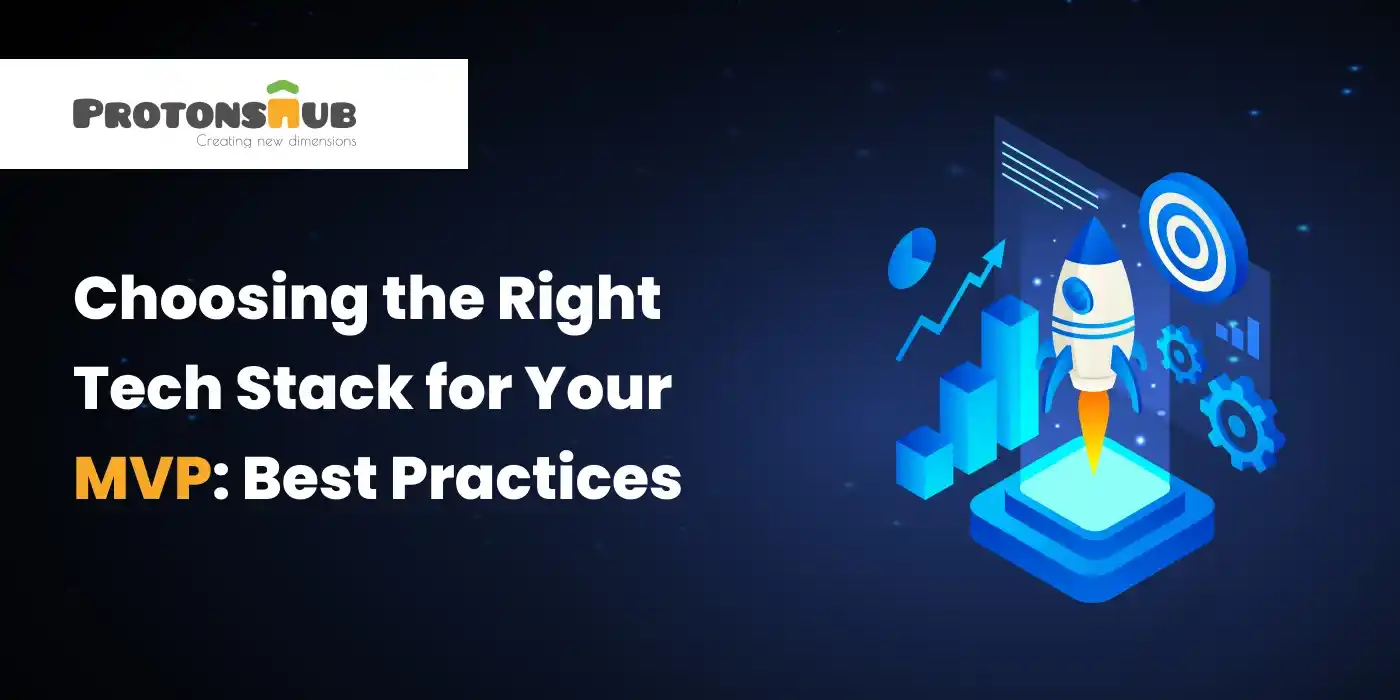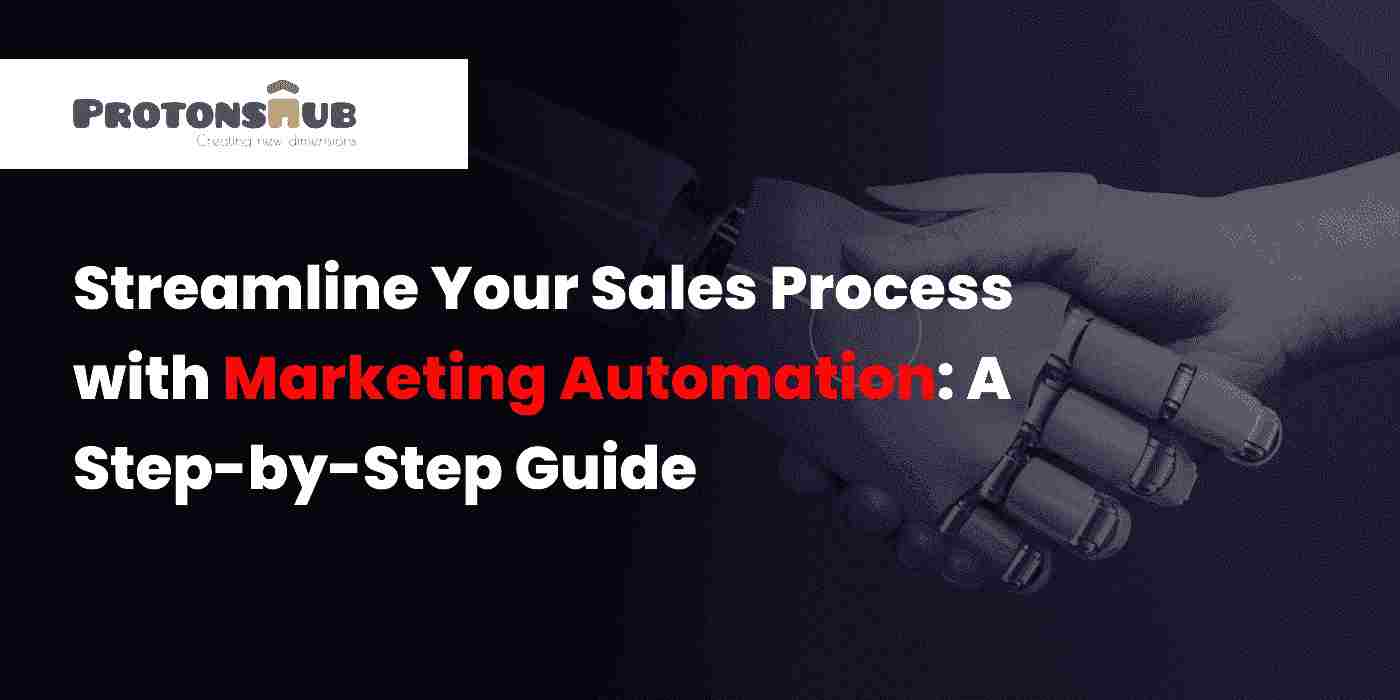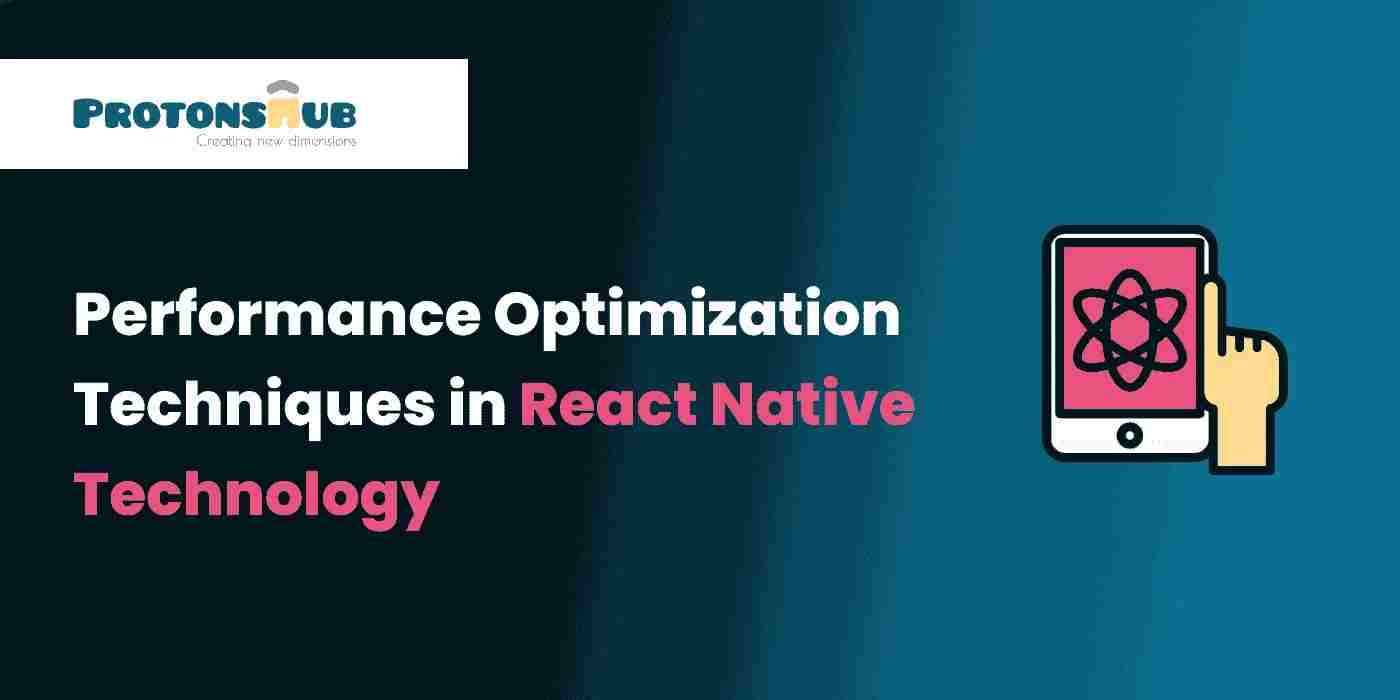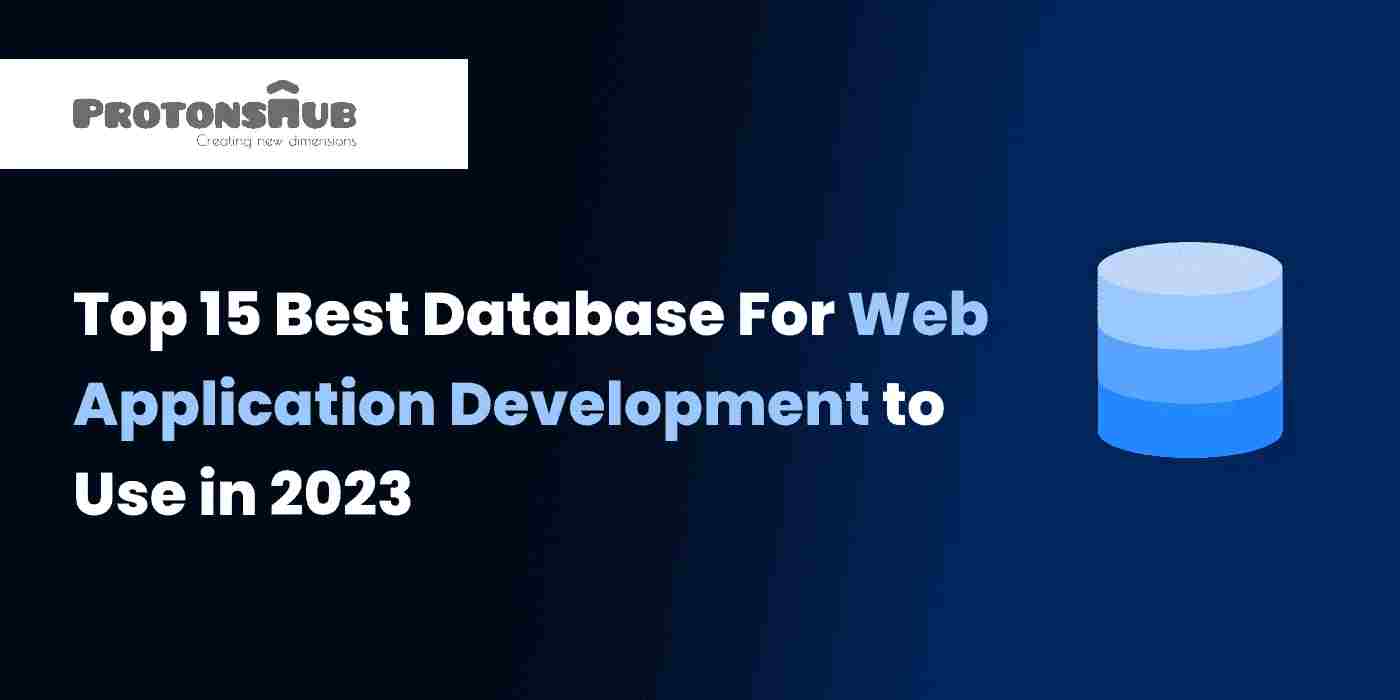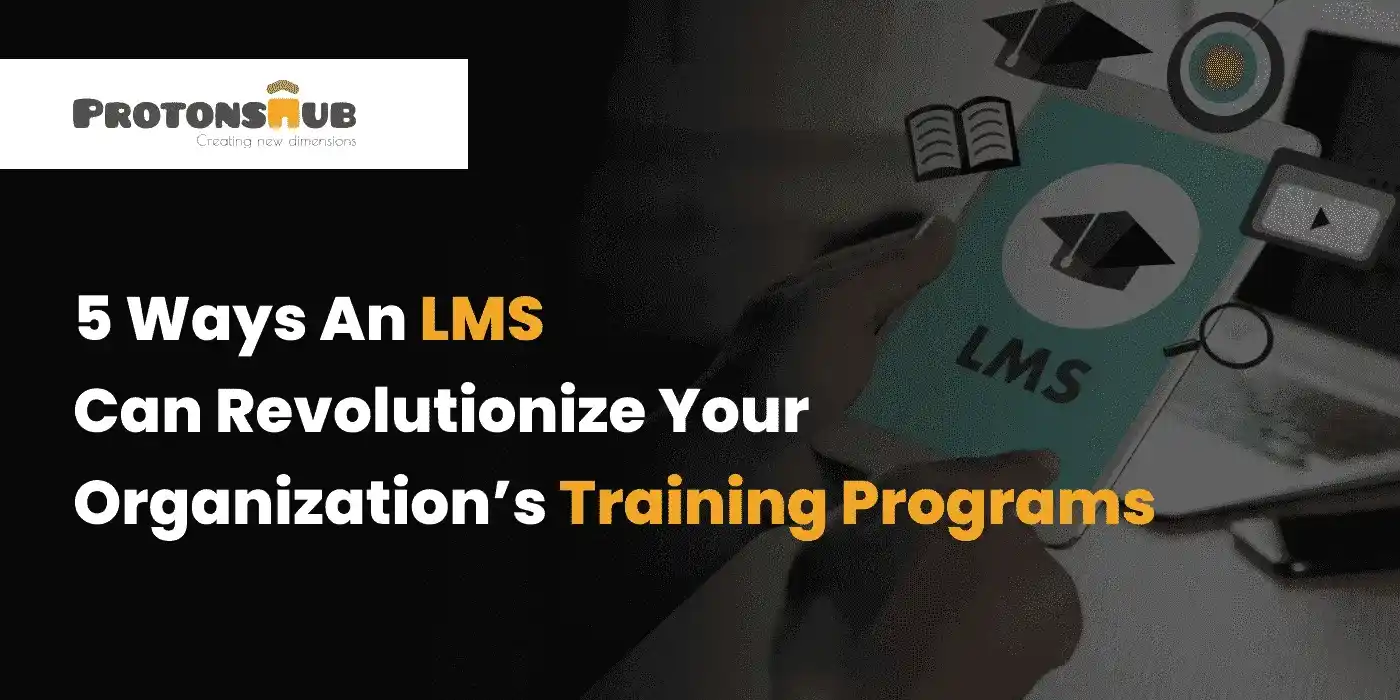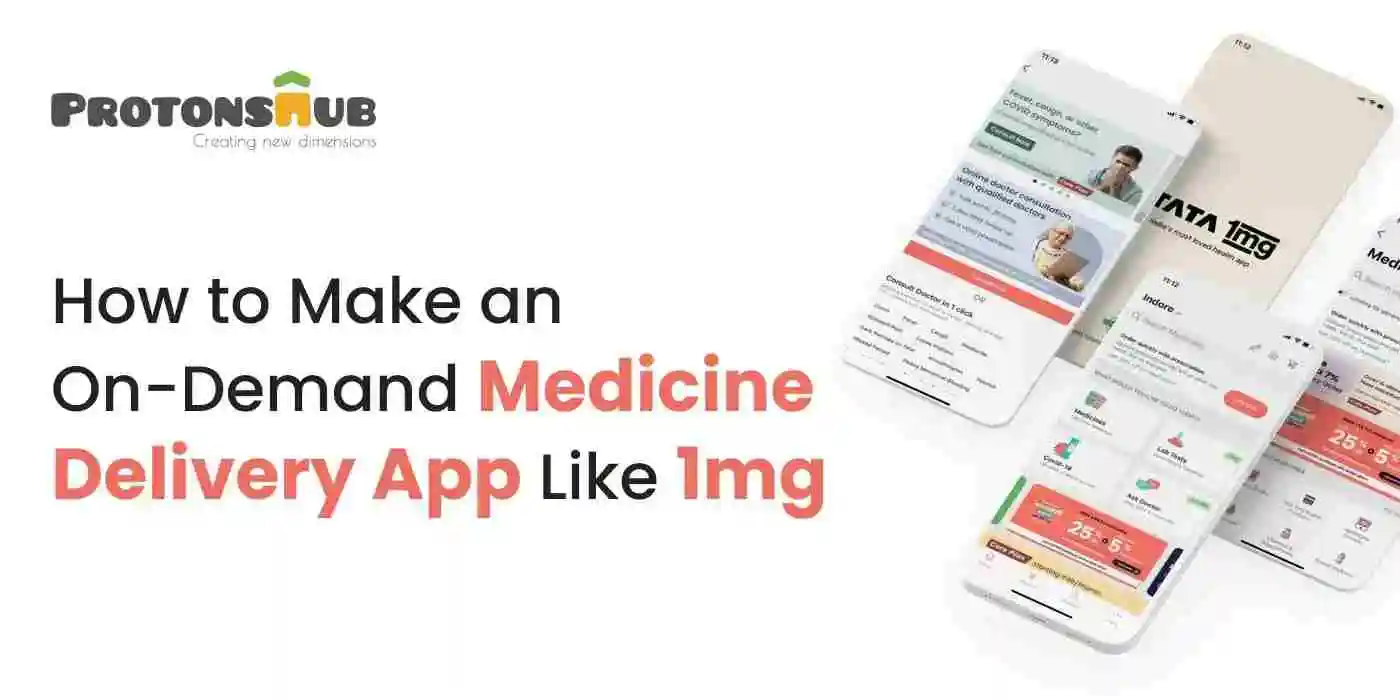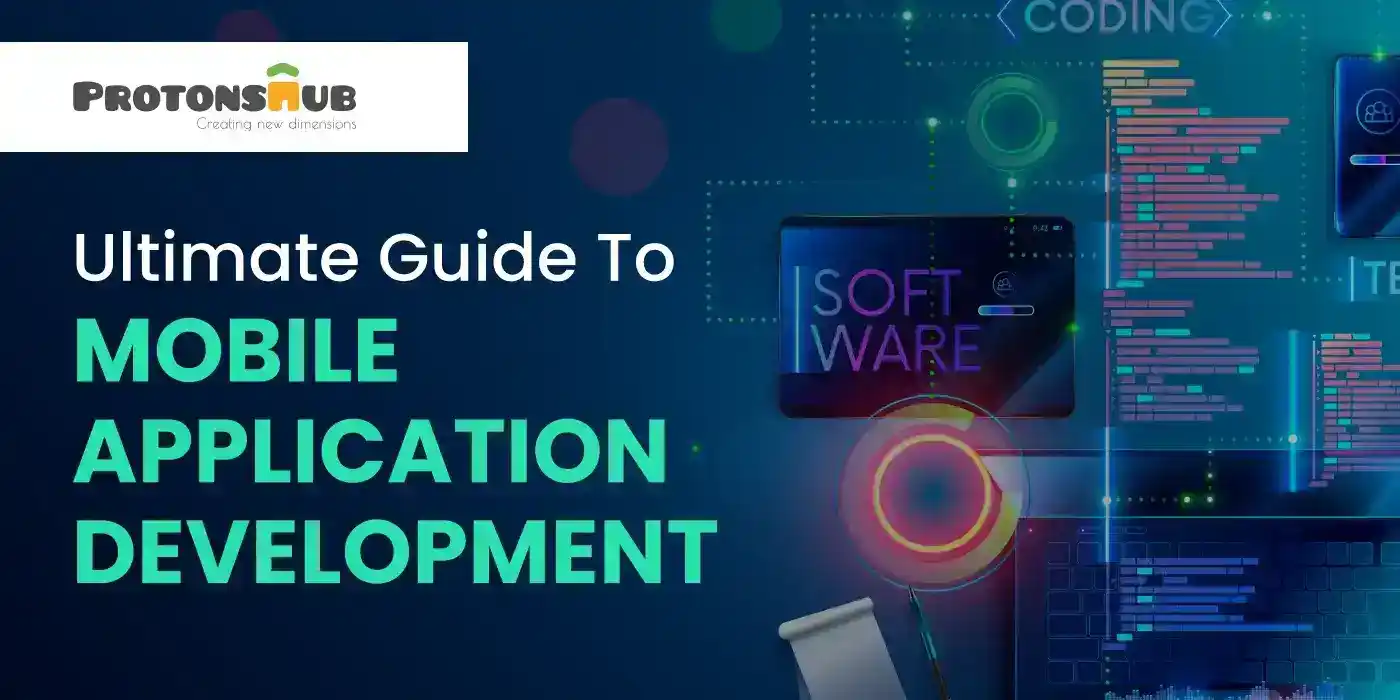First of all, APIs. What are they?
Consider API or Application Programming Interface as a connecting wire that communicates your (client’s) needs to the server.
Similarly, RESTful APIs are nothing but a central hub of communication, which passes the client’s requirements to the main server. These requirements are sent to the server using a standard format, known as HTTP methods.
However, it is not as simple to build RESTful APIs in RoR as appointing a waiter. That’s why we have narrowed down the process of developing RESTful APIs using Ruby on Rails so one can have an idea about it.
This blog will take you through the step-by-step process of building Restful APIs using RoR, plus you all will get to know some of the best practices and tools for testing and documenting the APIs.
For those unaware, using Ruby on Rails for your product development is the right choice, since it is widely used among developers worldwide, owing to its easy framework.
So if you are a seasoned developer or a newbie in the field, or you are someone who is interested in gaining some insights about APIs and RoR, then you are in the right place. Read the blog till the end and enhance your knowledge and development skills like never before.
Process of developing RESTful APIs using Ruby on Rails
Before we start developing RESTful APIs using Ruby on Rails, just make sure you have Ruby and Rails installed. You can easily find a complete tutorial on the internet for the same.
Steps of developing Restful APIs using RoR
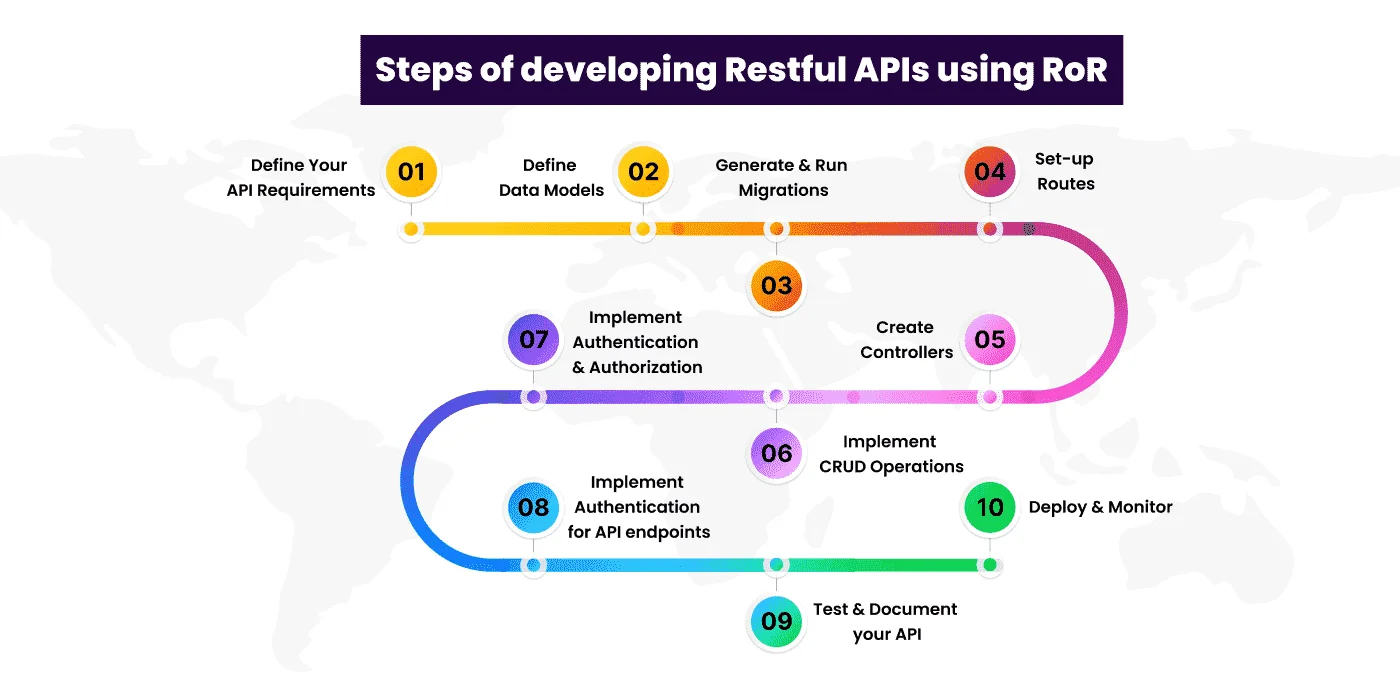
1. Define Your API Requirements
Once you have installed the correct version of Rails, you need to define your API requirements. Decide the endpoint and functionalities that API will provide, this includes determining actions, resources, as well as data formats to be used.
Here's how to define your API requirements:
- Understand and clearly articulate the detailed requirements for the API.
- Make sure there is an agreement between key players before development starts.
- Make sure there is an agreement between key players before development starts.
- Iterate through the API development process.
- Iterate through the API development process.
- Utilize an API platform.
2. Define Data Models
Data models represent the structure and behavior of the data present in the application, and these data models can be created using a special tool called ActiveRecord. Creating a data model is like building a special class, where you can define special features and rules, known as attributes and validations respectively.
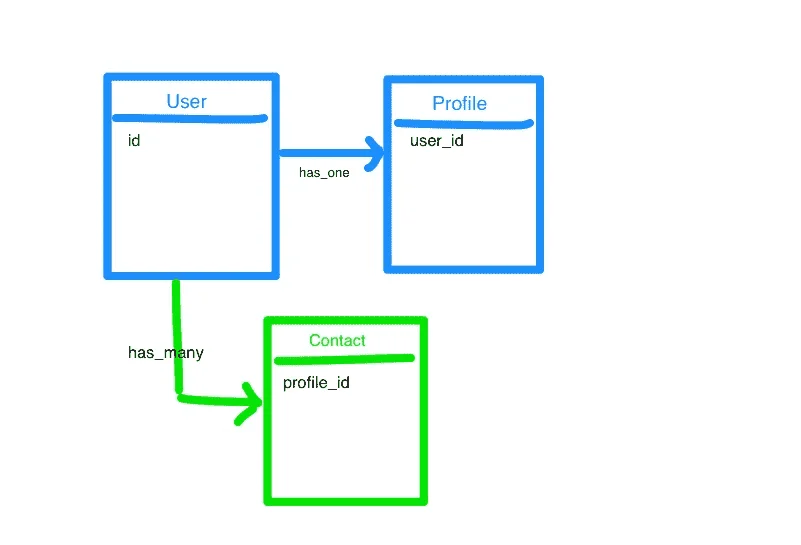
Here you can see that we have designed a basic graphical structure of a system that basically consists of three models which are User,Profile and Contact.
All three of them are associated with at least one other as required, it is a much better practice to design a system like this before moving to actual implementation.
3. Generate & Run Migrations
Once you are done defining the data models, the next step is to generate and run migrations. Migrations are nothing but a way to change/manage database structure/schema. In order to generate migrations, run `rails generate migration` commands, and use `rails db:migrate` command to run migrations.
- rails generate model Person
- rails g model Person
- rails g model Person first_name last_name age:integer
First Two lines are the same thing. The third one gives Rails a little more information, so it can do a little more work for you.

4. Set-up Routes
After running migrations, the next step will be to define routes. Routes specify the mapping or direction of incoming user requests to the relevant controller actions, which are in charge of handling such requests and generating results.
The routes in RoR are defined using a Domain-Specific Language (DSL) created especially for routing, which makes it easier and more intuitive. Overall, setting up routes aims to establish a connection between incoming URLs and the corresponding controller actions.
Here is an example of Rails routes, how will they look upon running the command
Here is an example of Rails routes, how will they look upon running the command
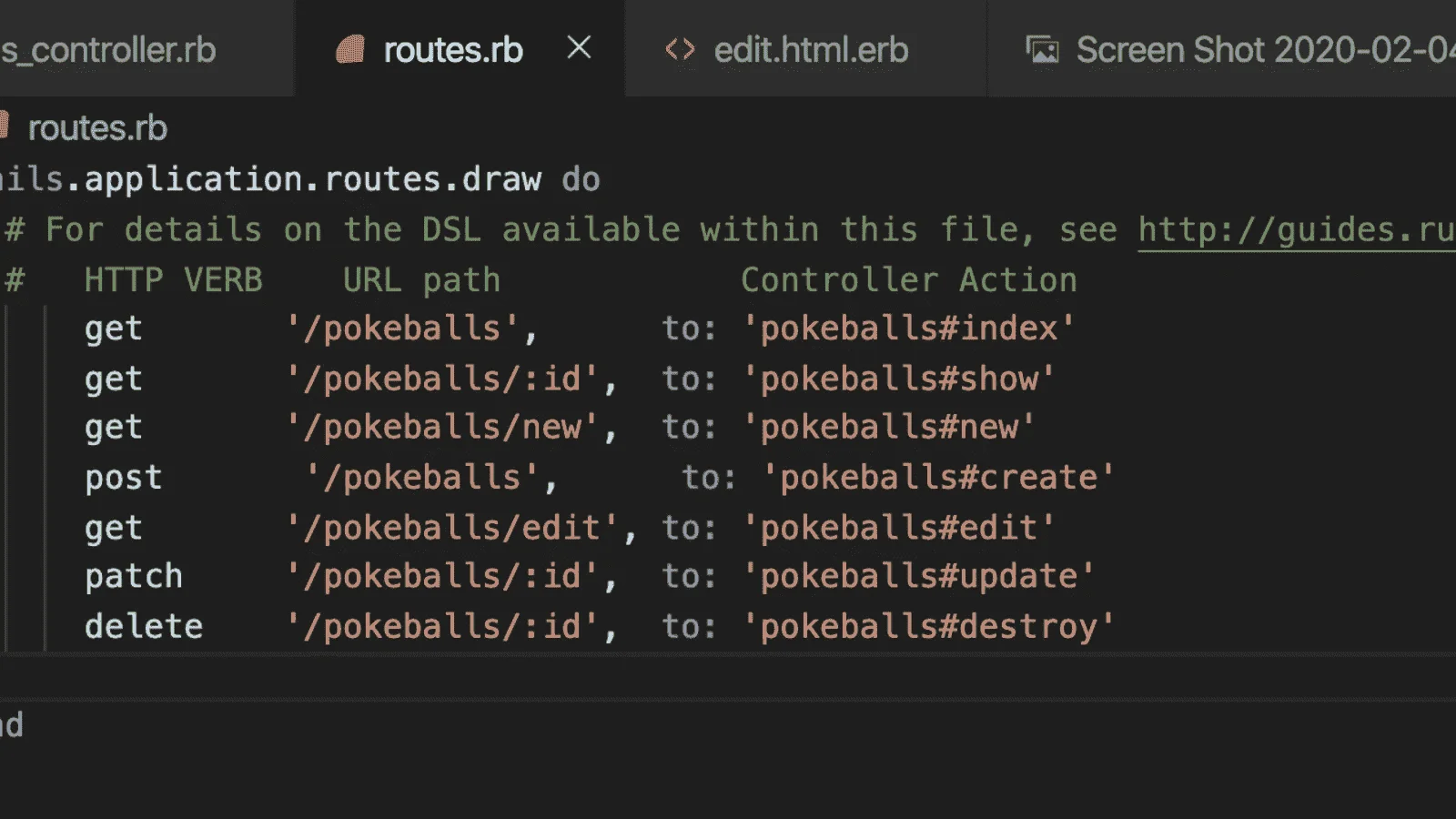
For the time just look at the basic structure of rails routes, as they can vary according to
Your requirements
5. Create Controllers
You get two options if you want to create controllers, first by using the ‘rails generate controller’ command, to generate controllers manually. Second, by running ‘rails generate scaffold’ command, to use scaffolding. Controllers basically act as a link between the incoming request and corresponding action, thus allowing seamless coordination.
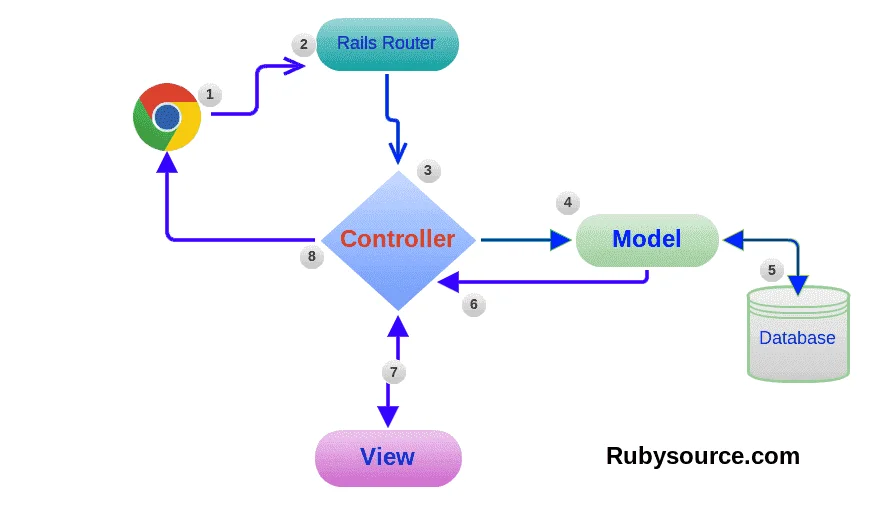
The above image shows the full flow of an rails application and also of course the importance controller in the process.
rails generate controller Book
It creates a file called app/controllers/book_controller.rb
If you look at book_controller.rb, you will find it as follows:
class BookController < ApplicationController
end
6. Implement CRUD Operations
CRUD basically stands for Create, Read, Update, and Delete. Implementation of CRUD operations just defines the functionality required to handle the core operations based on the command. For example, ‘create’ will generate a new project, similarly, ‘delete’ command will remove the resource from the database.
If you think all this is getting too much, you can always get in touch with a Ruby on Rails development company to make it easy.
Now lets see how actually we implement these CRUD operation in our application with the help of controller, the below is the same Book controller we saw in the previous example during learning about controller
class BookController < ApplicationController
def list /To list all the records present end
def show /To show a specific record present end
def create /To create a new record end
def edit /To edit a record end
def update /To update an already existing record end
def delete /To delete a record end end
7. Implement Authentication & Authorization
Another step is to implement authorization and authentication. This step is important for many reasons, including security, user management, access control, data protection, usage restrictions, audit trails & accountability, and integration with third-party services. Gems like Devise, JWT, or OAuth can be used for authentication.
- Authentication is the process of verifying who you are.
- Authorization is the process of verifying that you have access to resources.
For more better understanding here is the flow of JWT that how it managed the authentication process of user:
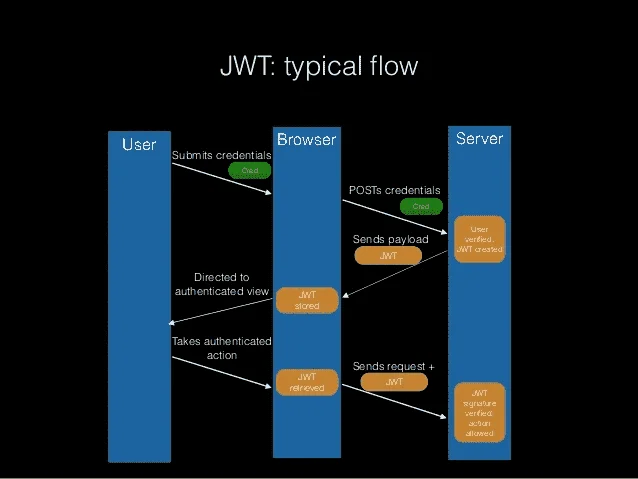
8. Implement Authentication for API endpoints
Implementing authentication for API endpoints in RoR when creating RESTful APIs ensures secure access to your API, protects sensitive data, enables access control, and facilitates user-specific actions. It provides a foundation for maintaining the security and integrity of your API's interactions with users and other systems.
A token is a key you as a user use to access the information to which you are authorized to, by this way only the right person with the privileges is allowed to manipulate data.
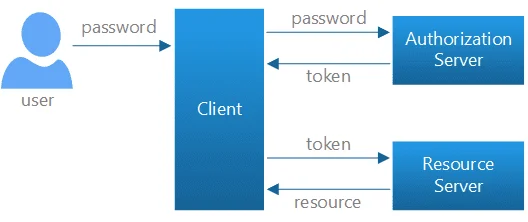
9. Test & Document your API
Once you are done implementing authentication for API endpoints, the next step would be to test & document the API. Testing and documenting your API in RoR is crucial steps for ensuring quality, promoting adoption, facilitating integration, and maintaining a robust and reliable API ecosystem. These practices lead to improved developer experience, better API usability, and long-term success for your API.
API documents are similar to a reference manual. It talks about the necessary information of an API, in terms of,
- Description of Resources
- Methods and their endpoints
- Parameters used
- Examples of Requests and Responses
10. Deploy & Monitor
Yes, you’ve made it to the end of the list. The last step is to deploy and monitor your API. This ensures accessibility, performance, reliability, and security.
It helps you maintain a healthy and efficient API infrastructure, allowing you to proactively address the issues, optimize resources and continuously improve your API based on real-time insights and user feedback.
Once you are done implementing authentication for API endpoints, the next step would be to test & document the API. Testing and documenting your API in RoR crucial steps for ensuring quality, promoting adoption, facilitating integration, and maintaining a robust and reliable API ecosystem.
These practices lead to improved developer experience, better API usability, and long-term success for your APIs.
Best practices and tools for documenting APIs
Let’s say you built something super useful and people don’t know how to get started with it. It all seems to go to waste, right? Well, that’s where documenting APIs comes into play.
It has become vital to offer clear and thorough documentation due to the complexity of APIs and the variety of technologies used to create them, which makes it easier for new users to use and comprehend them
API documentation serves as a reference manual for a newly built API, it tells you what all things are possible with your machine and also tries to answer any question in the way, such as the authentication methods, available endpoints, expected responses, required parameters, and possible errors.
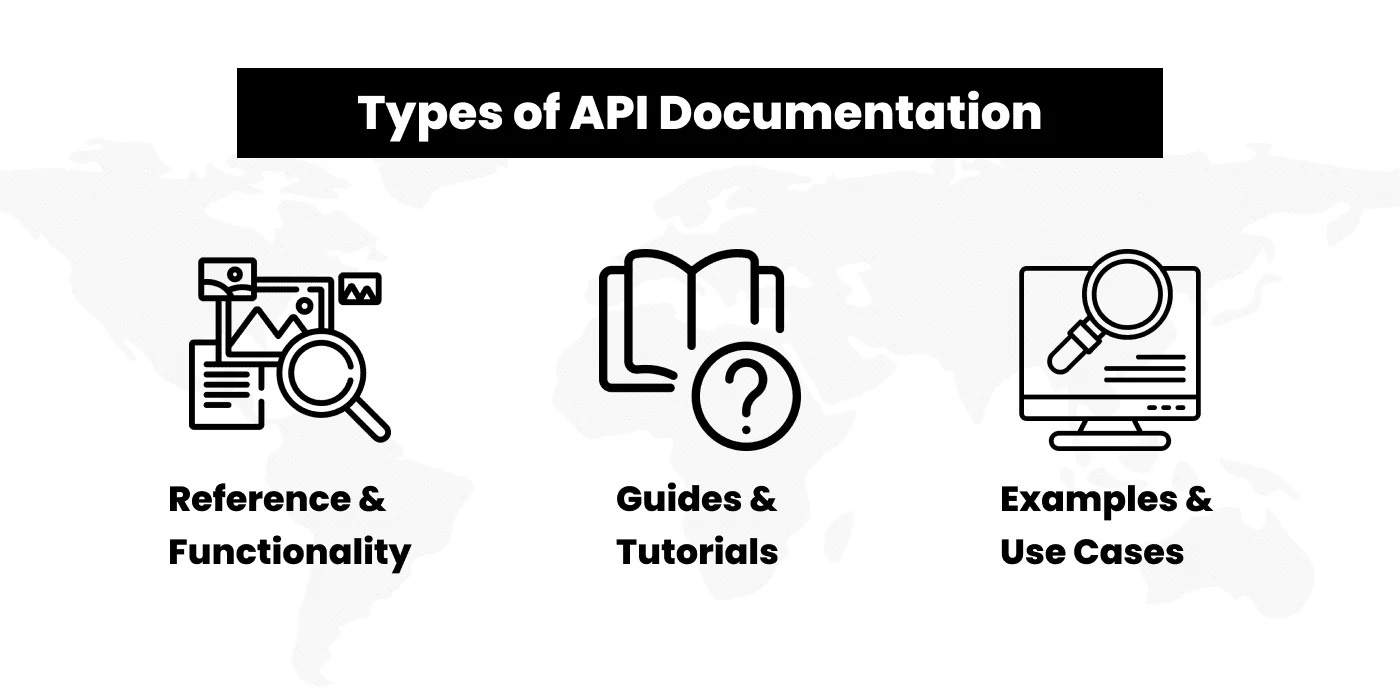
There are basically three types of API documentation
- Reference & Functionality
- Guides & Tutorials
- Examples & Use Cases
Here are some best practices for maintainable, comprehensive API documentation
1. Use a consistent and clear structure for API documentation.
2. Include detailed explanations of endpoints, parameters, and responses.
3. Provide examples and code snippets to illustrate API usage.
4. Include information about authentication and authorization requirements.
5. Keep the documentation up-to-date with any changes or updates to the API.
Best Tools for API Documentation

1. Swagger: A popular tool for designing, building, and documenting APIs.
2. OpenAPI/Swagger UI: A specification and interactive documentation tool for RESTful APIs.
3. Postman Documentation: Postman offers built-in tools for generating API documentation.
Slate: A customizable static site generator for creating beautiful API documentation.
ReDoc: An open-source tool for generating interactive and responsive API documentation.
These are some of the best practices and tools used for API documentation. There are a lot of frameworks available on the internet but the advantages of using Ruby on Rails for API building just simplify the whole process.
Frequently Asked Questions
Conclusion
We have jotted down 10 basic steps for building RESTful APIs in Ruby on Rails in the above-mentioned blog. The advantage of creating these APIs in RoR over any other framework cuts your work in half, owing to its ease of use and elegance. Developers can leverage the power of RoR and build secure and well-designed RESTful APIs that can deliver seamless experiences for clients and users. However, it's not an easy task that anyone can pull up but requires a lot of experience and skill set to achieve the desired results. That’s why we recommend you to hire a Ruby on Rails developer for your needs. Protonshub Technologies is one of the prominent organizations leading in the field of RoR development and any other development requirements. So just relax, and leave all your technical requirements to the pros.





































 Contact Us
Contact Us 























.png)


.png)



.png)









.jpg)












.jpg)






.jpg)
.jpg)

.jpg)

.png)























.jpg)



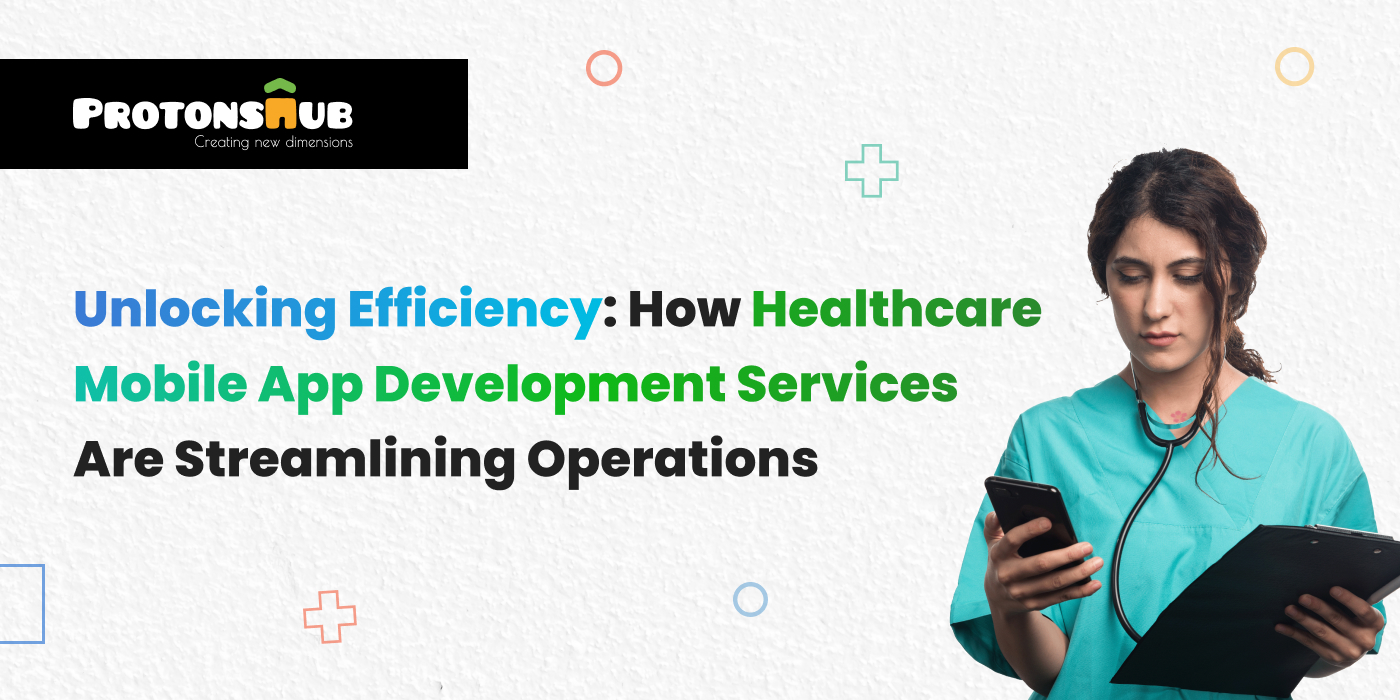


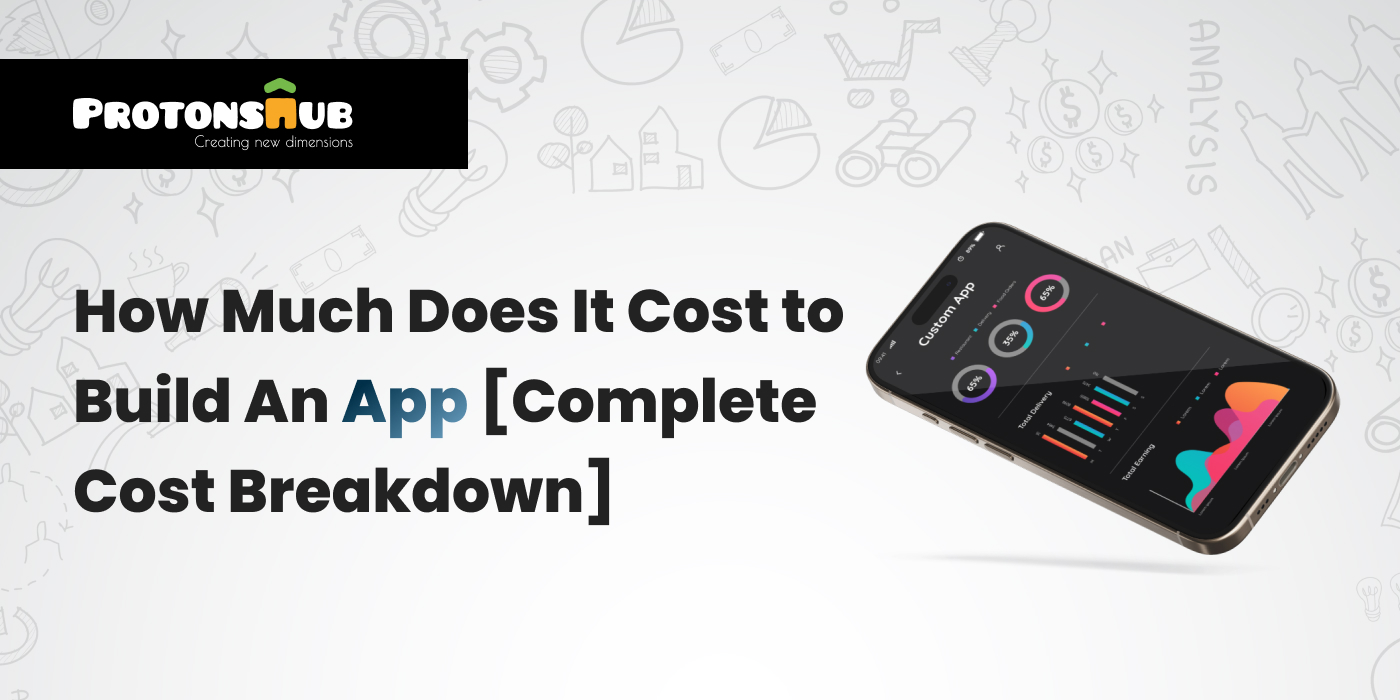

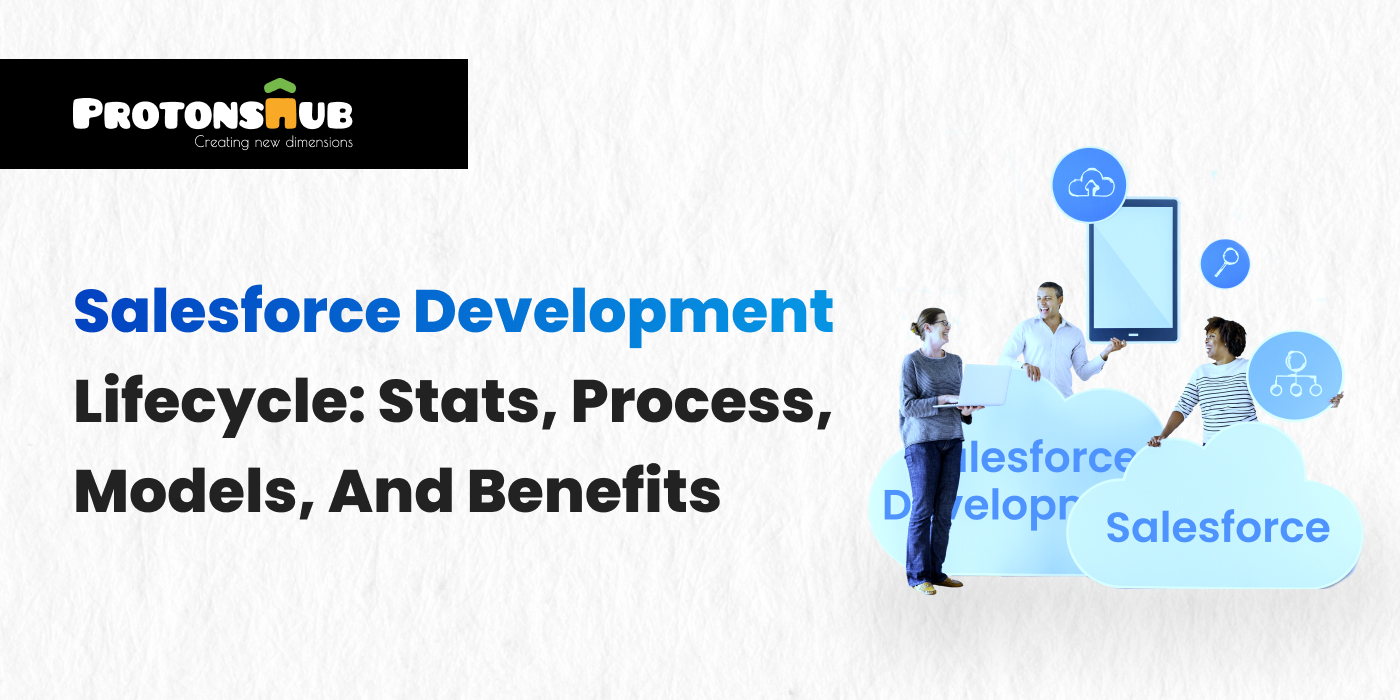
.png)







